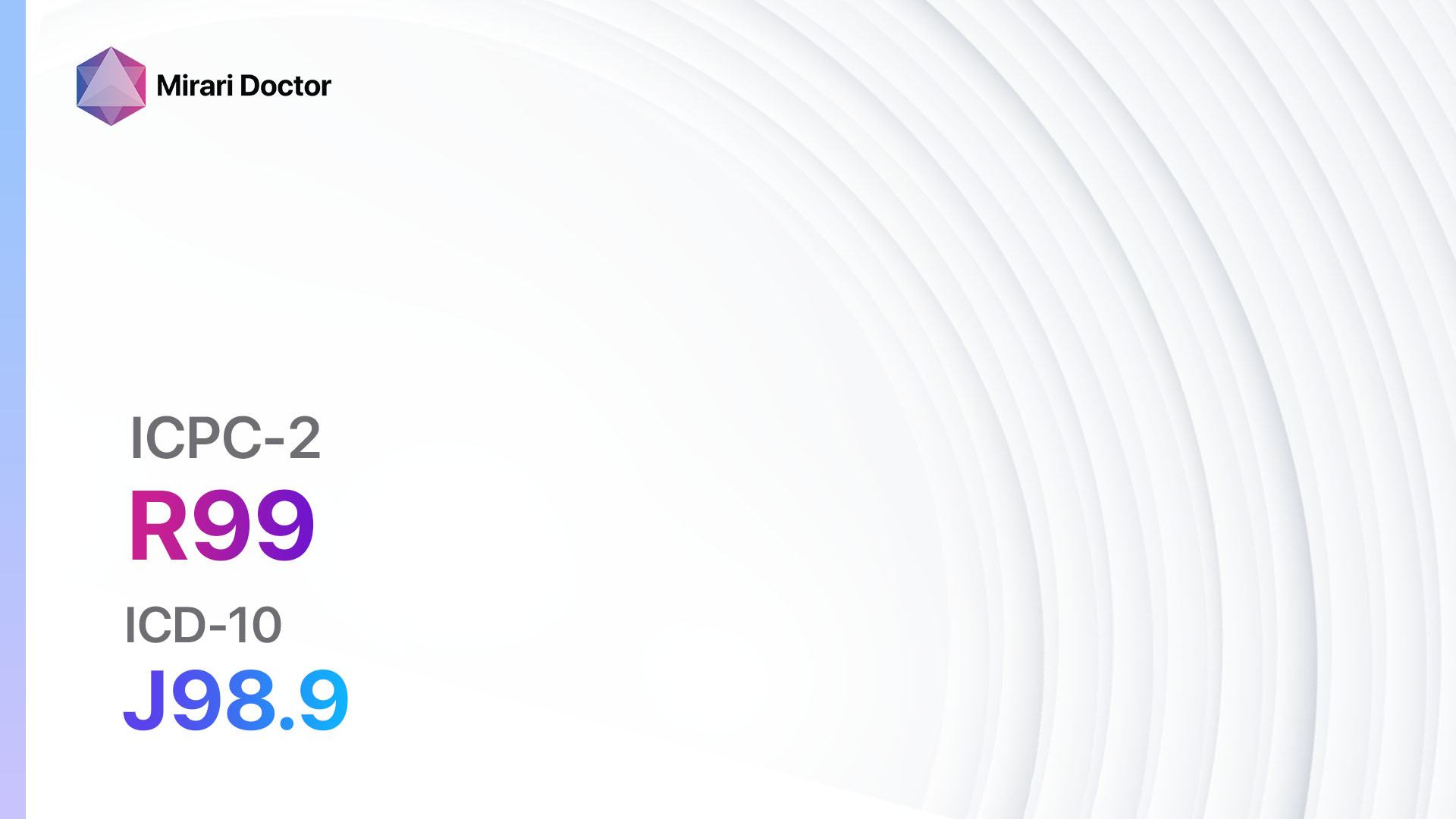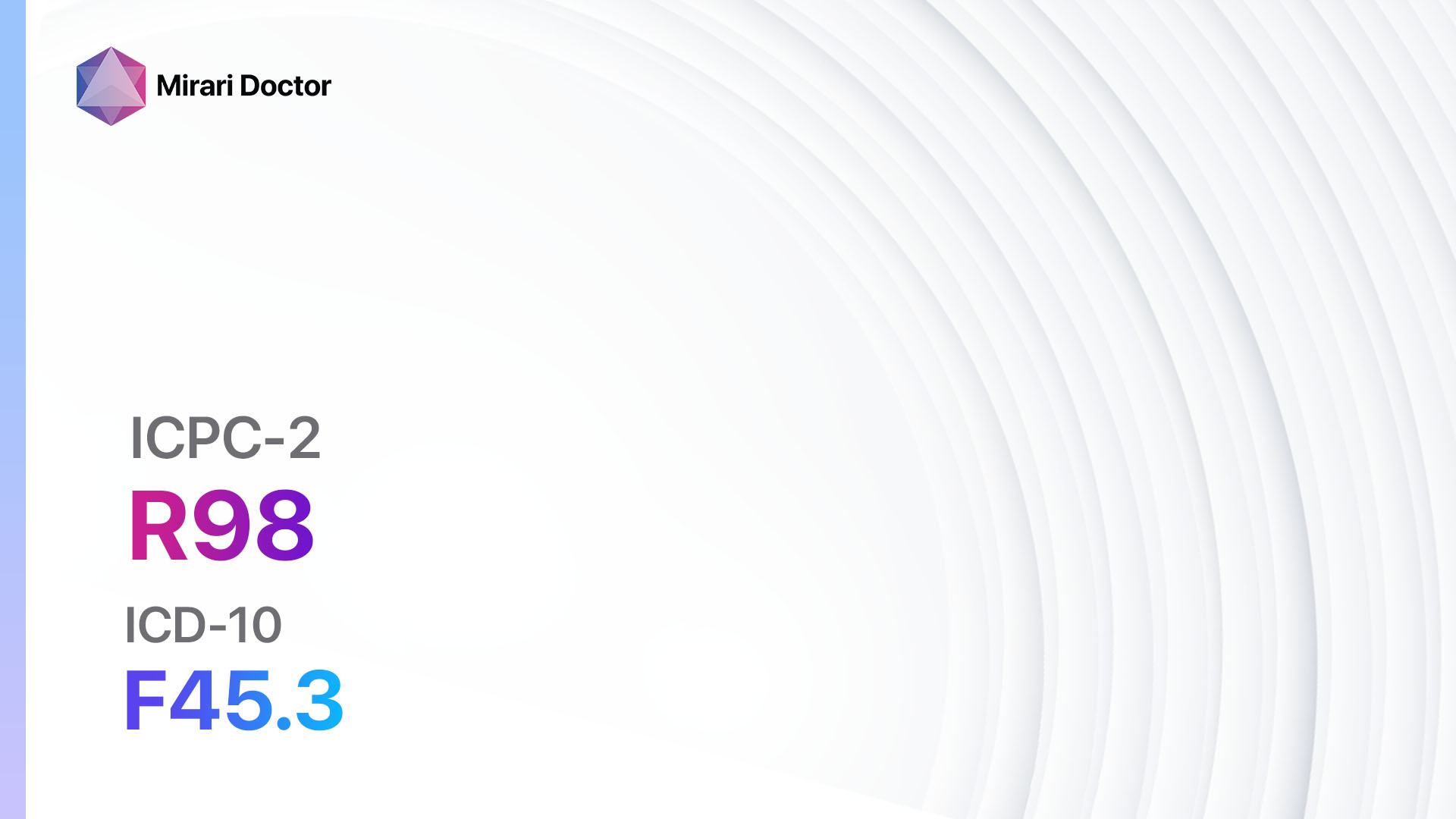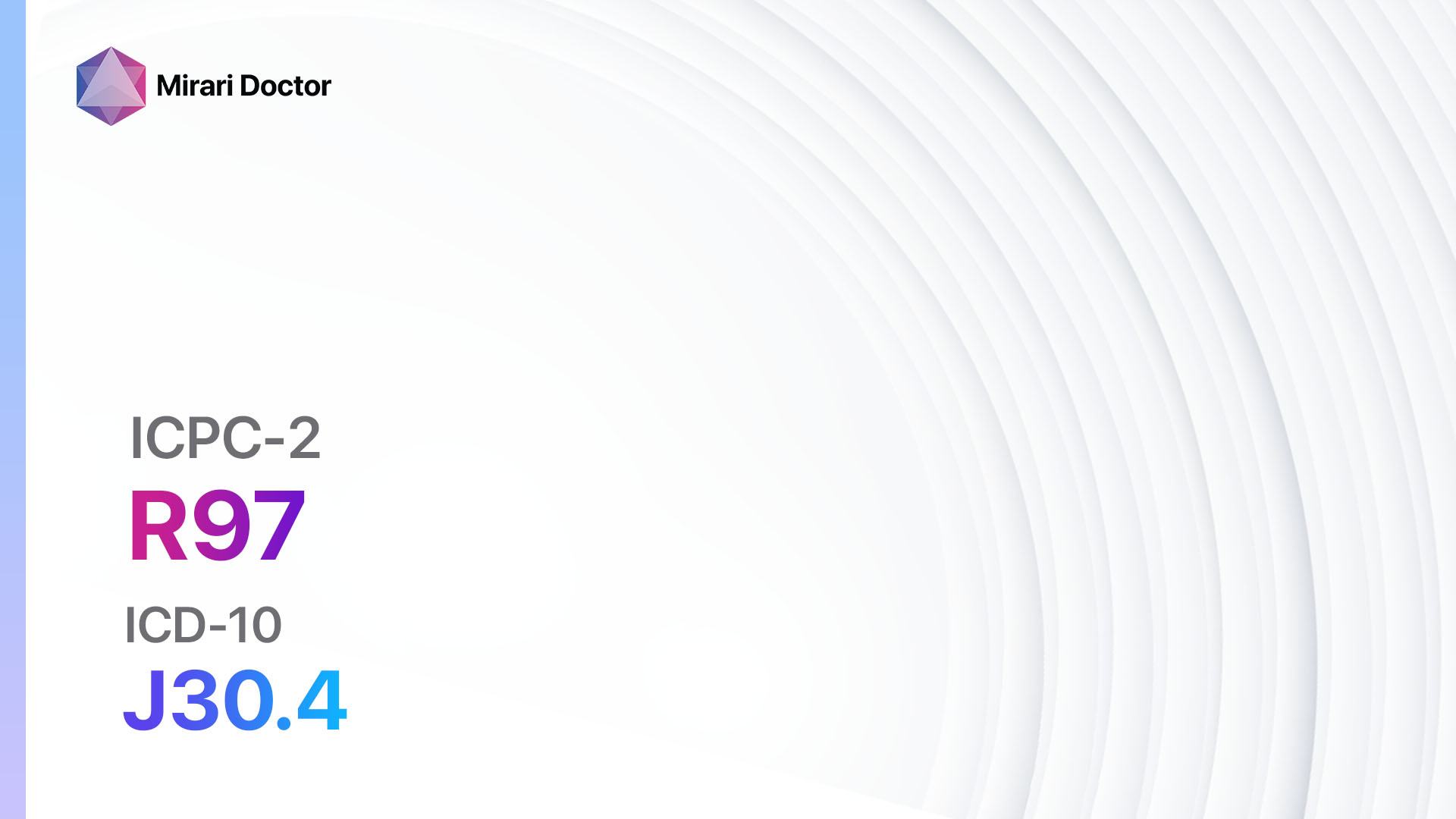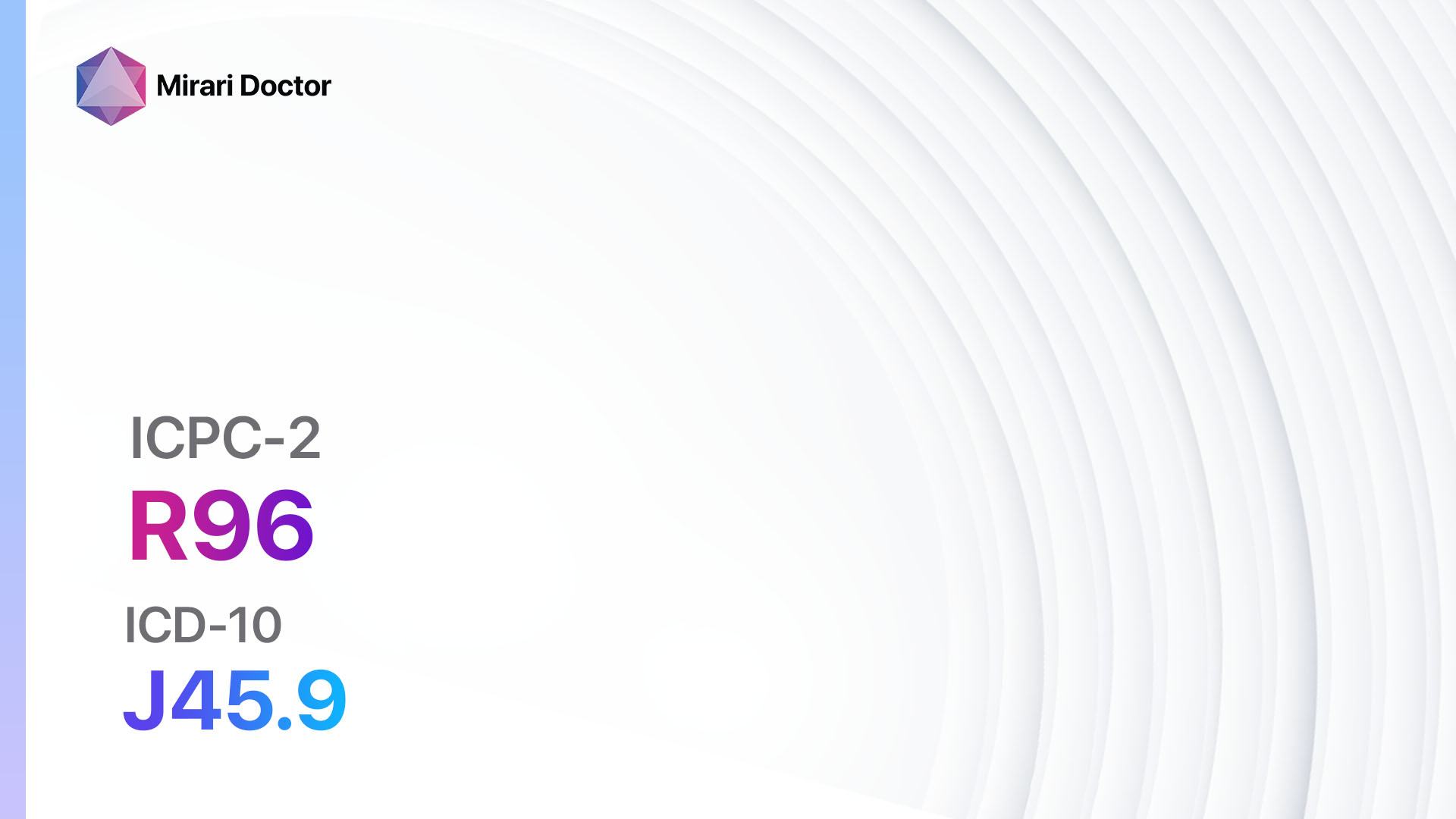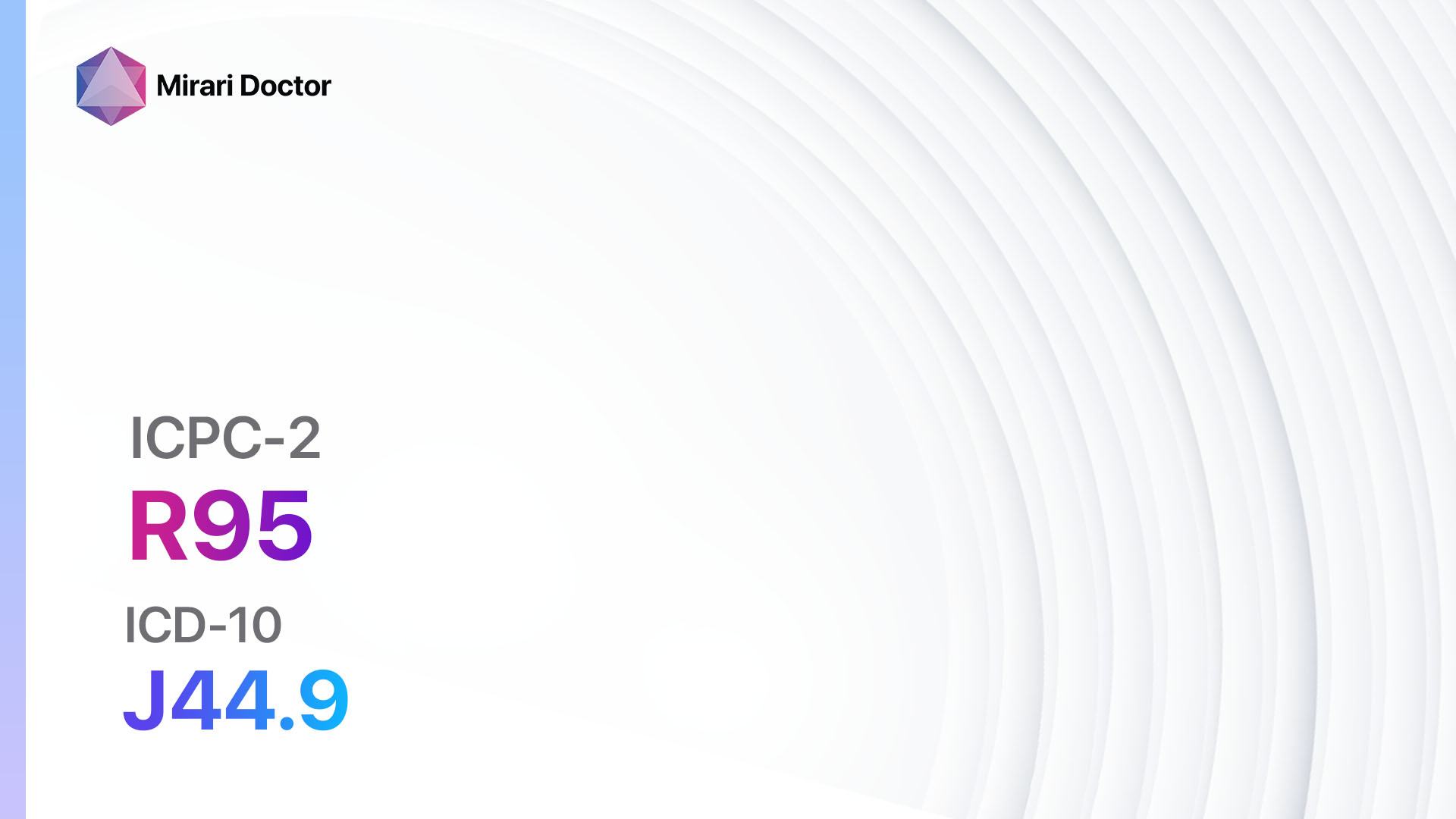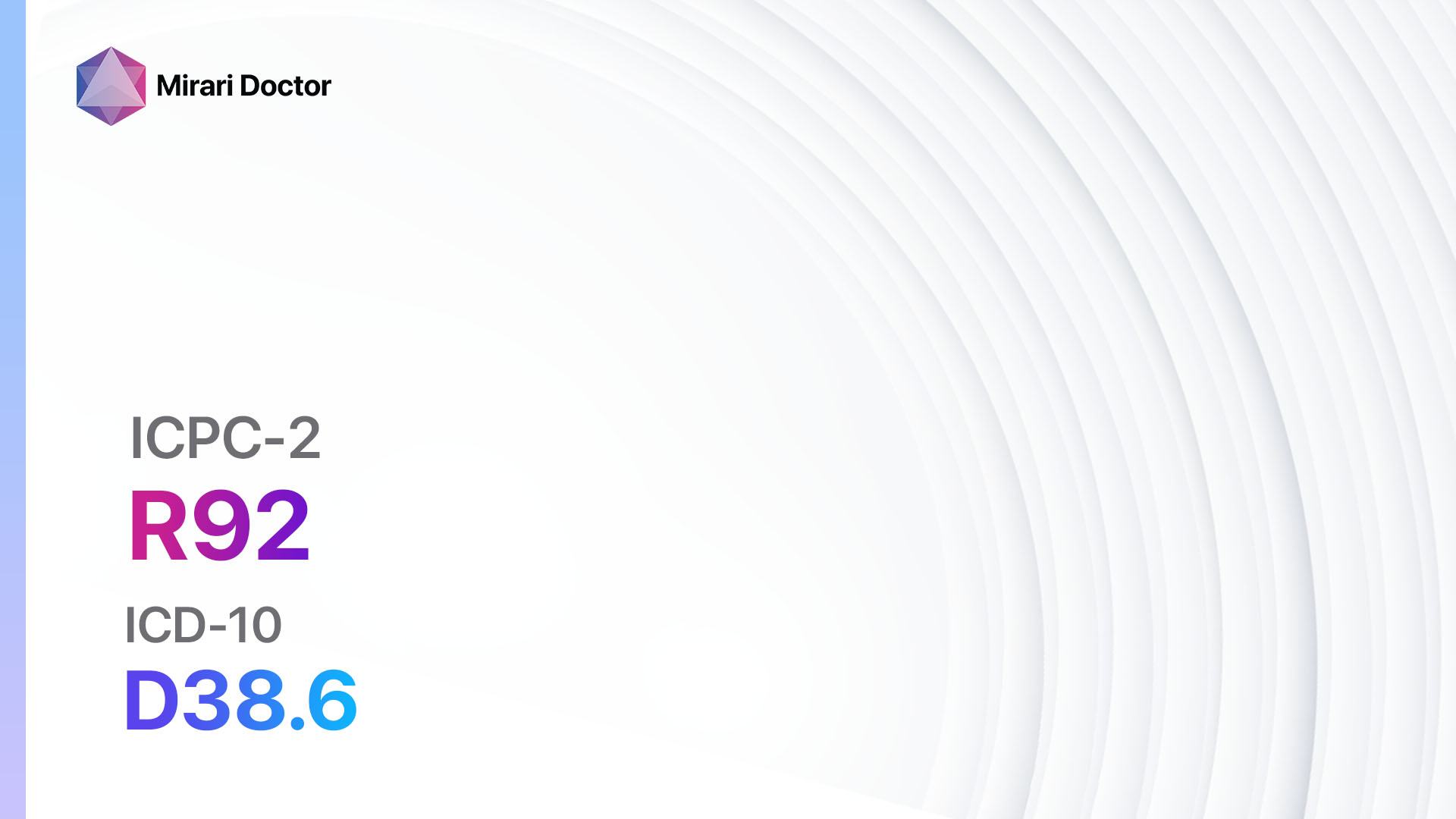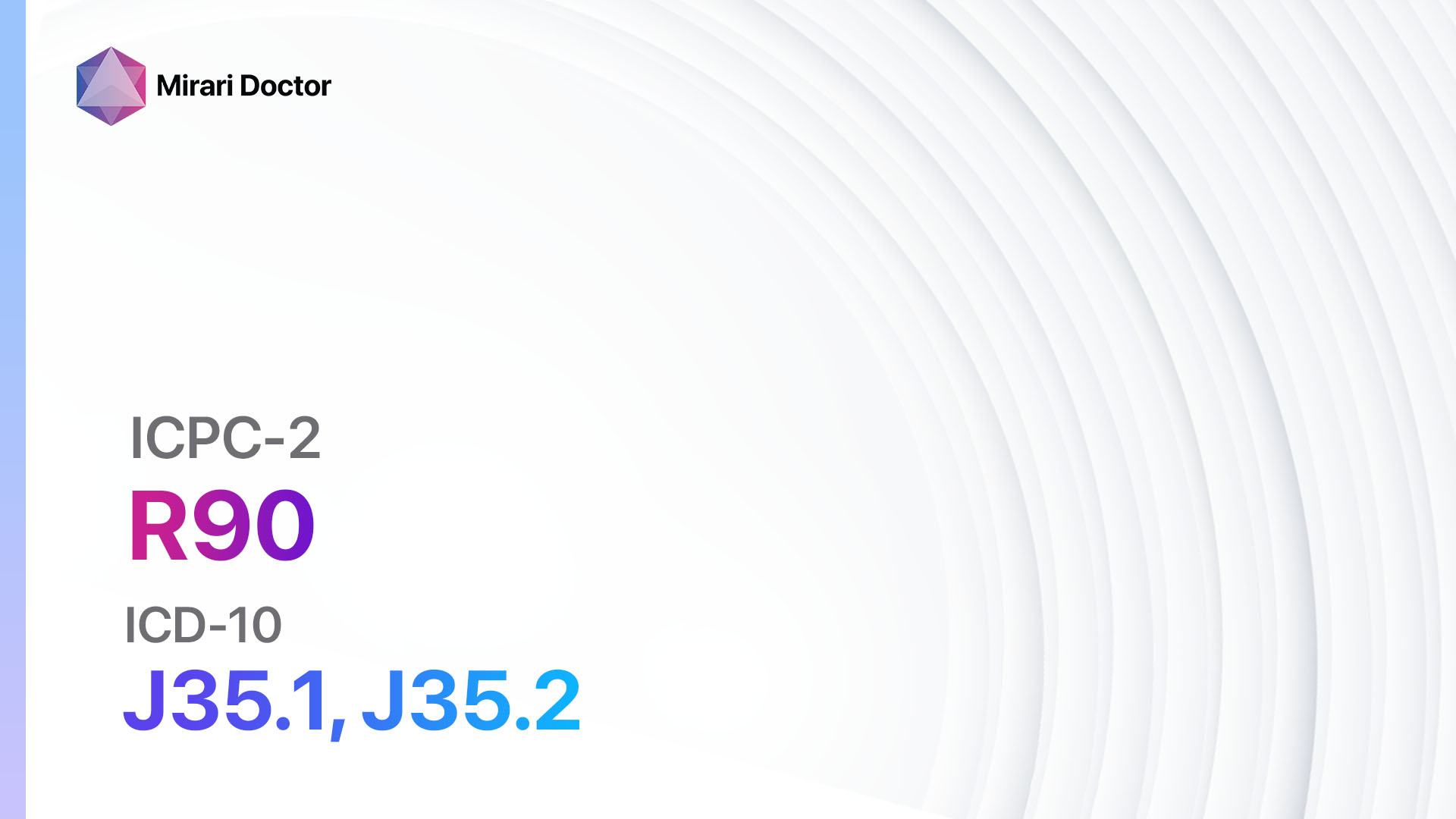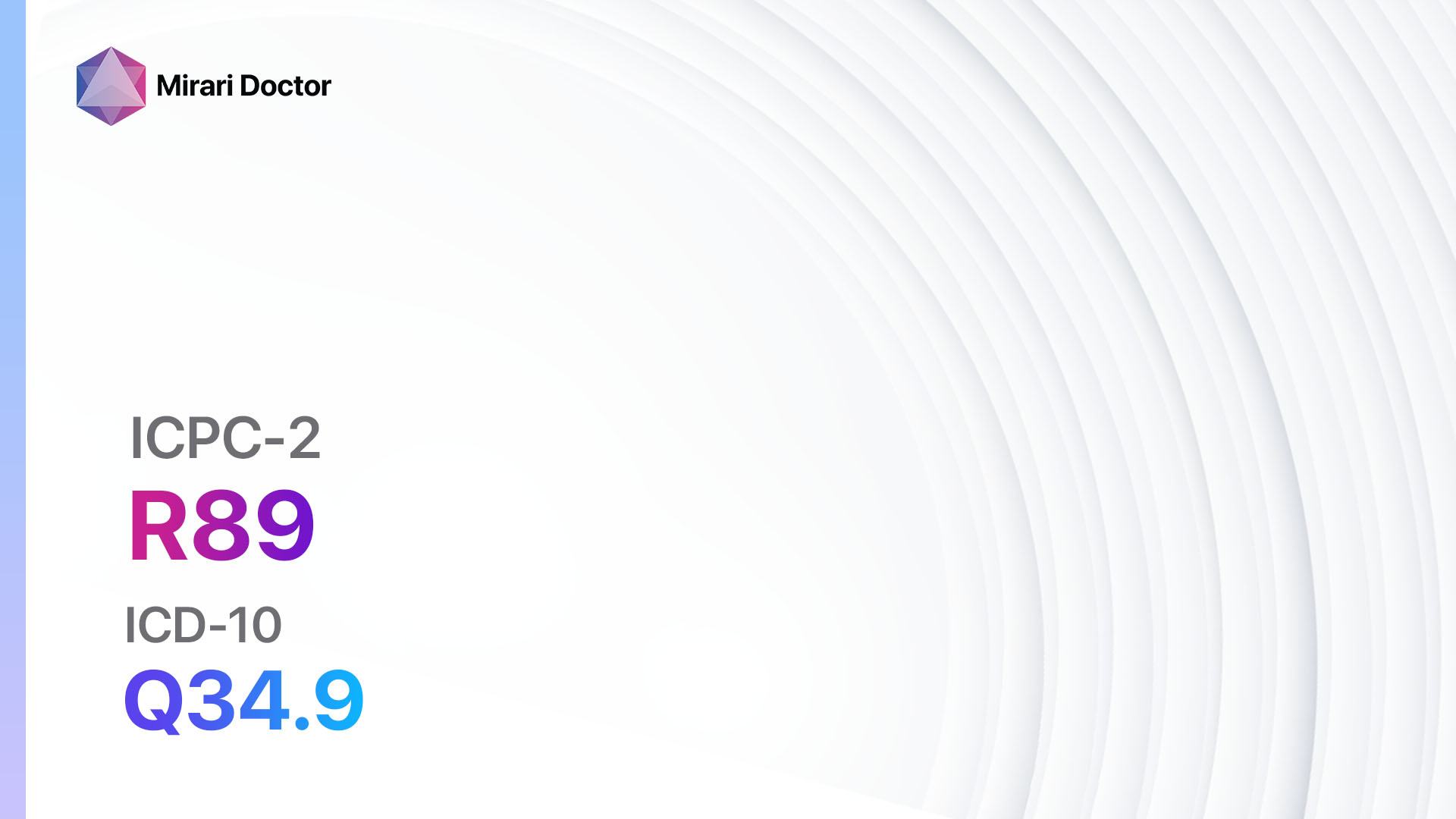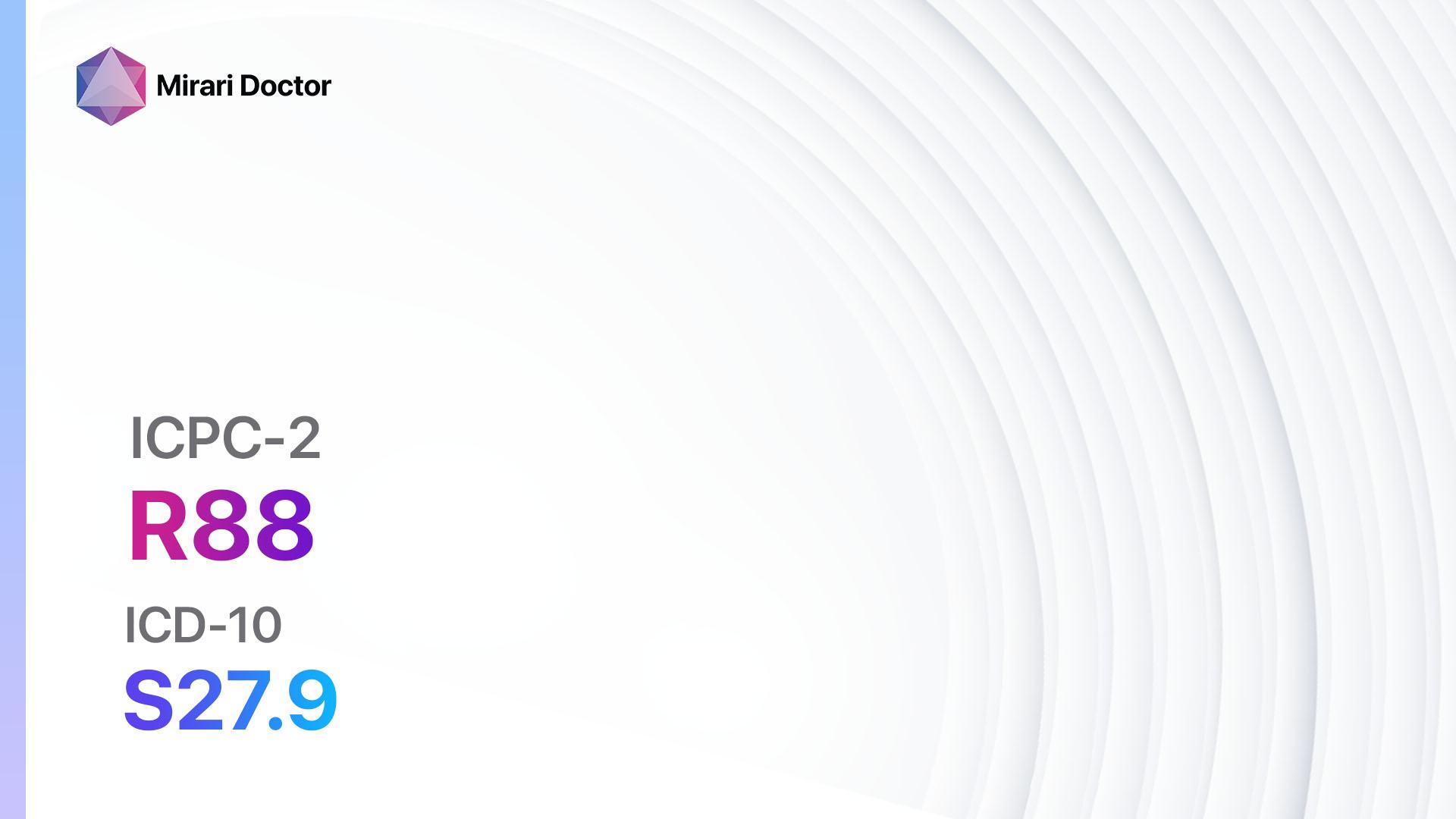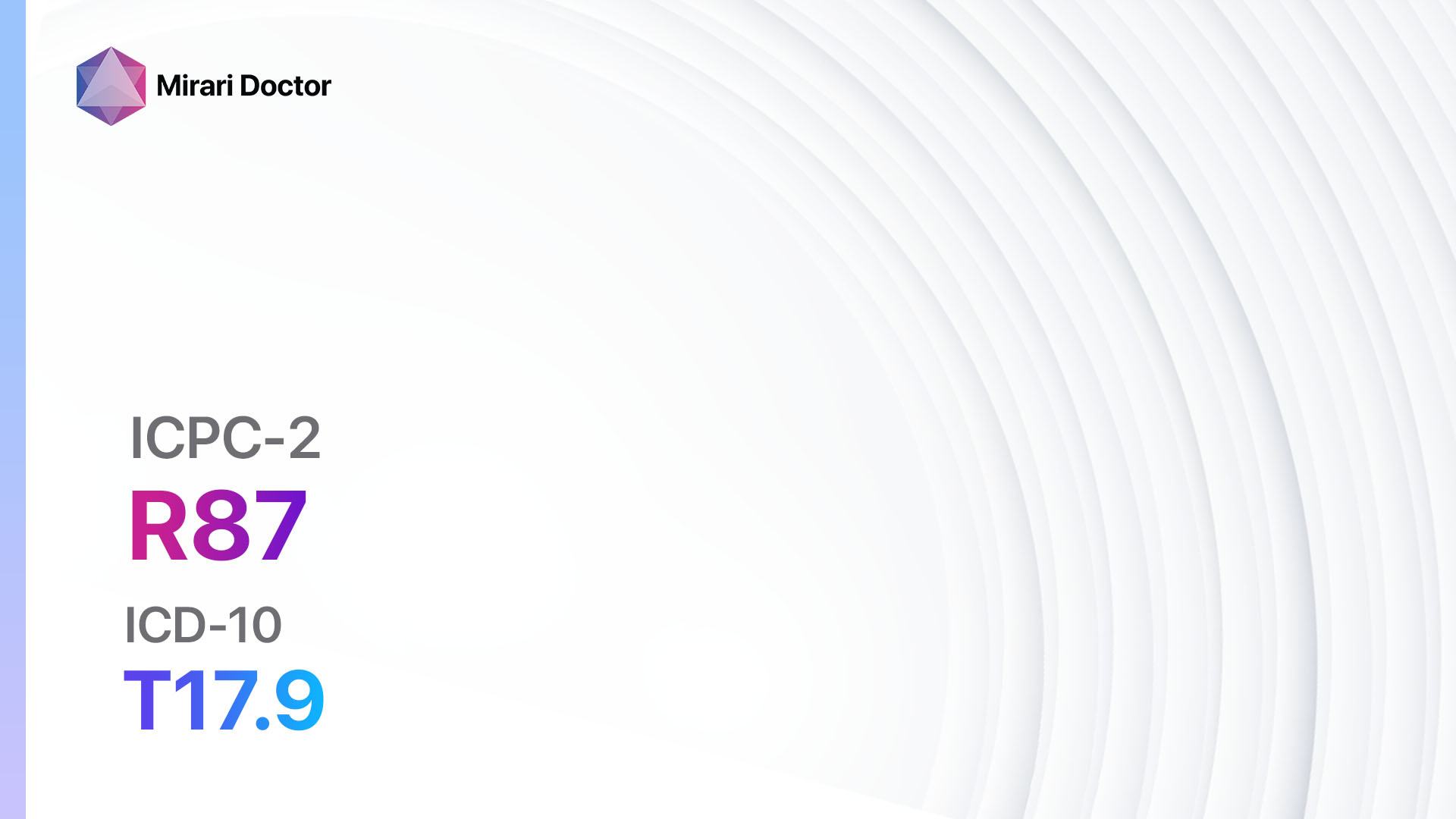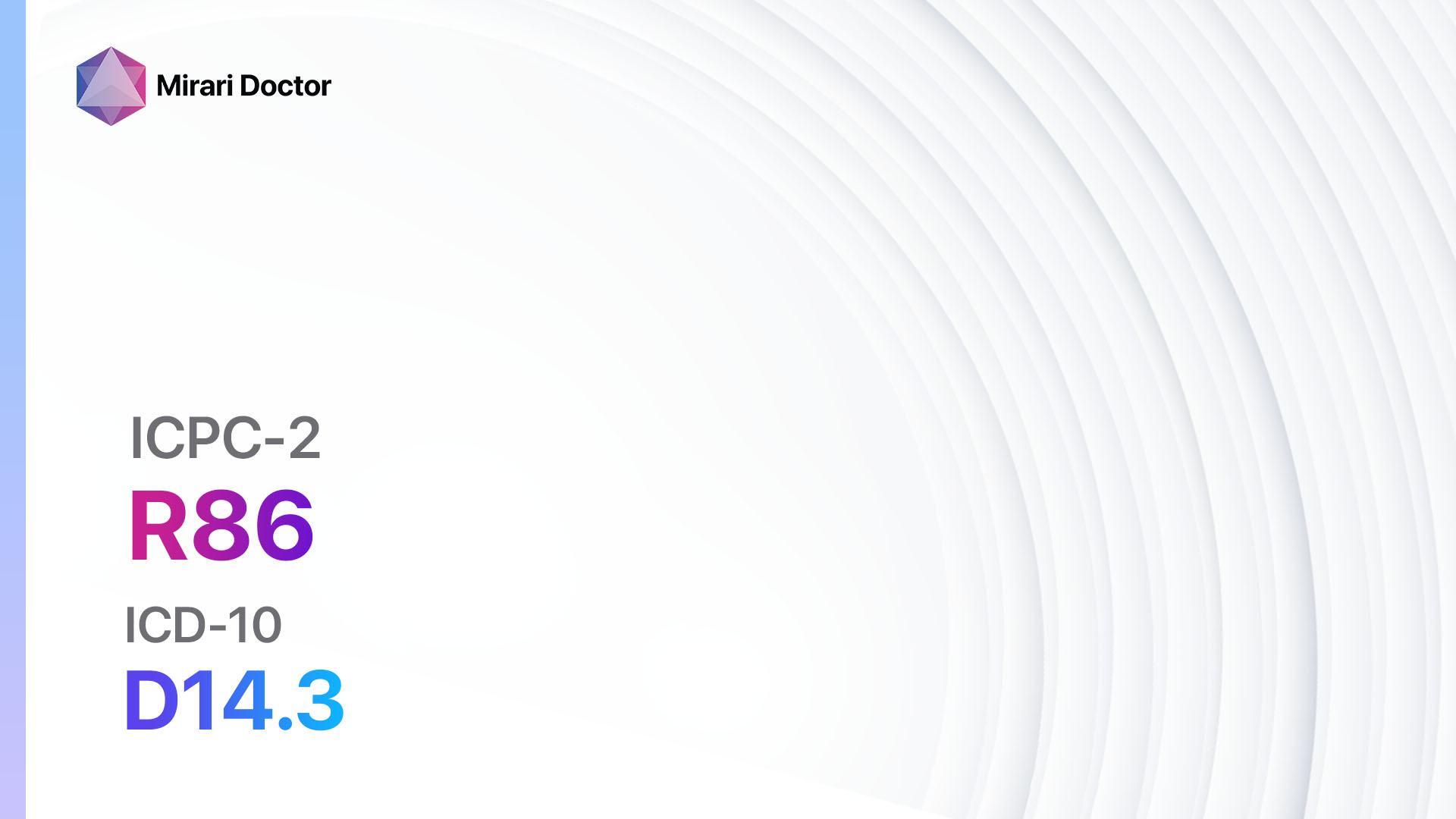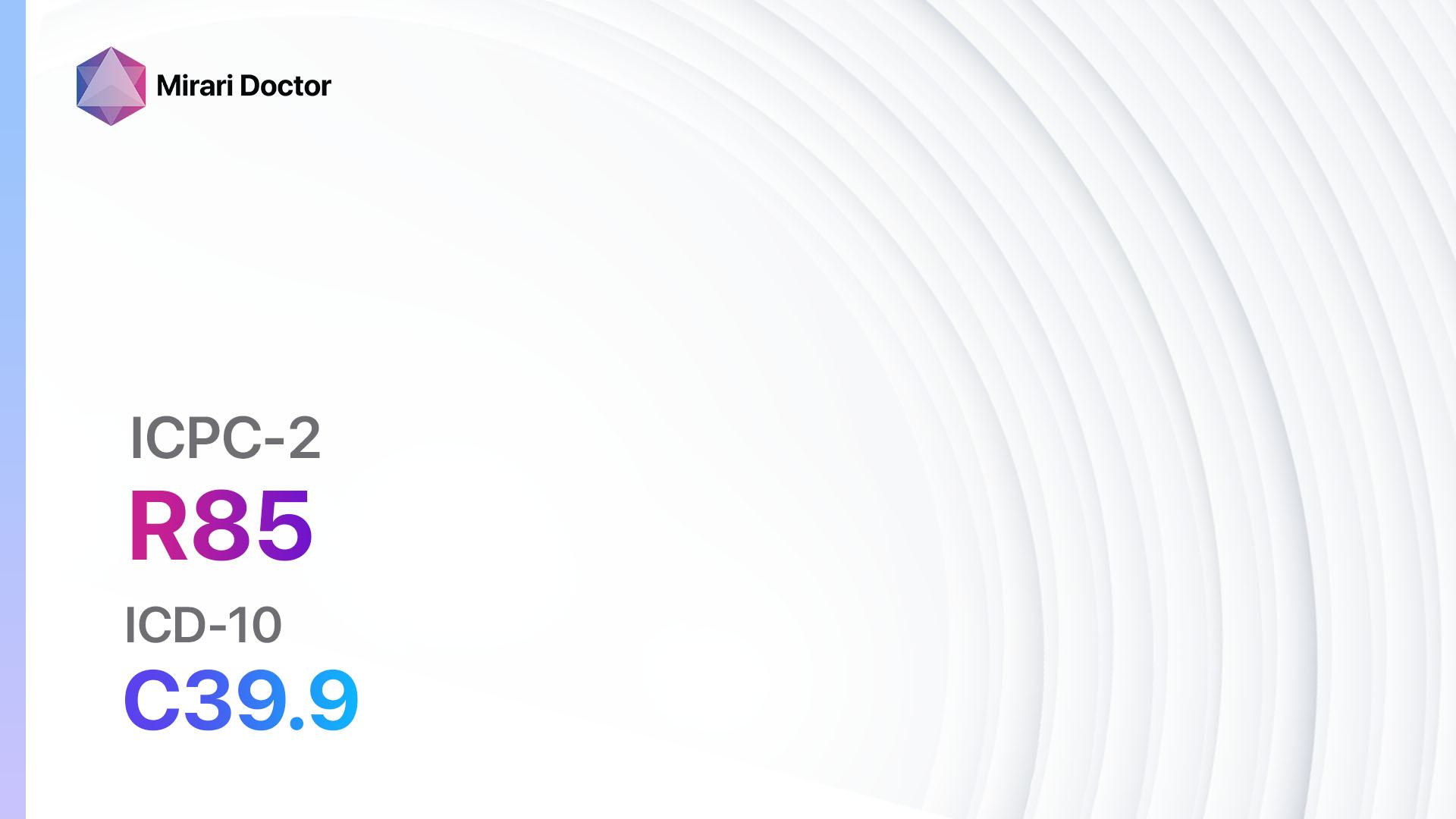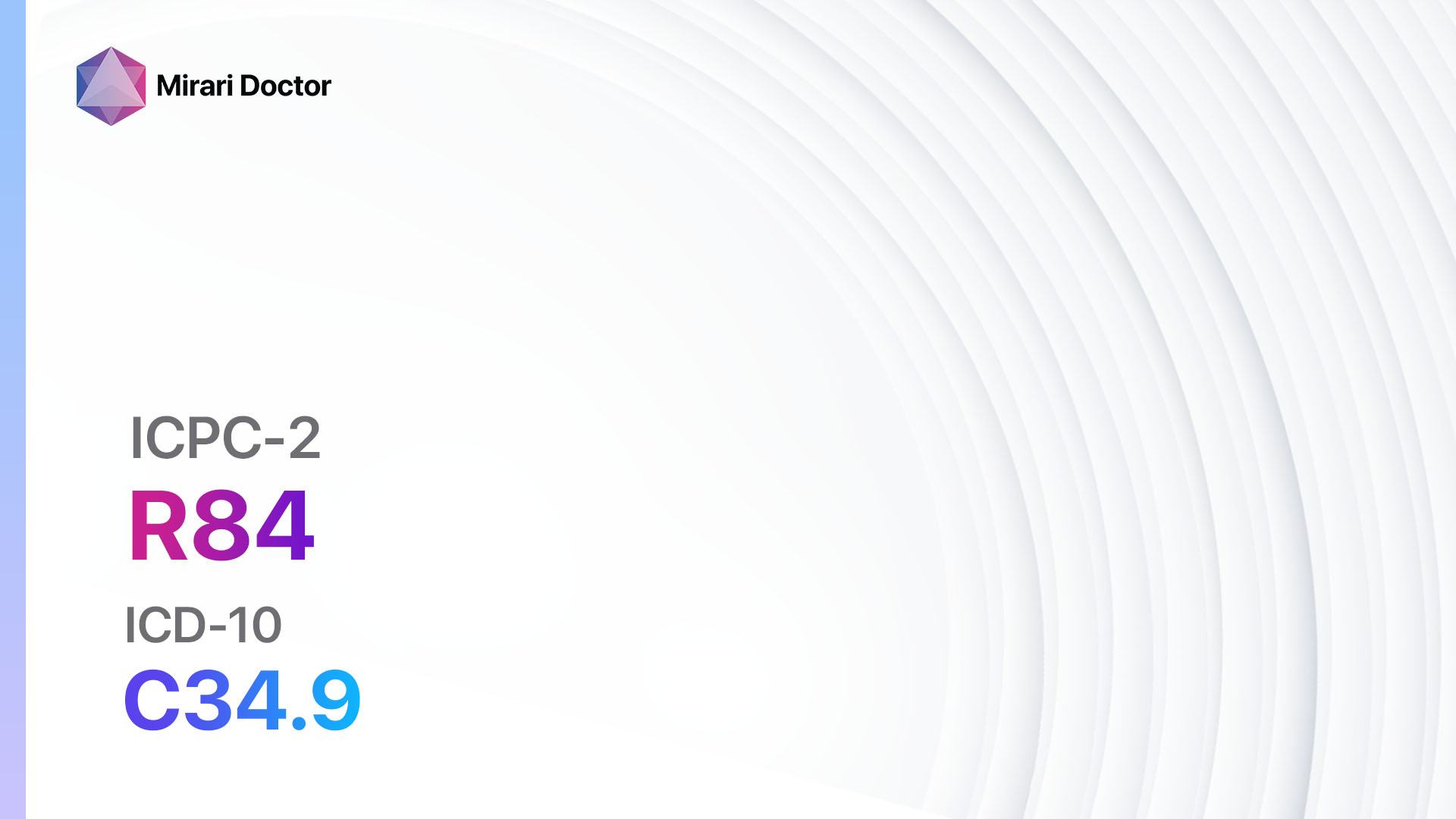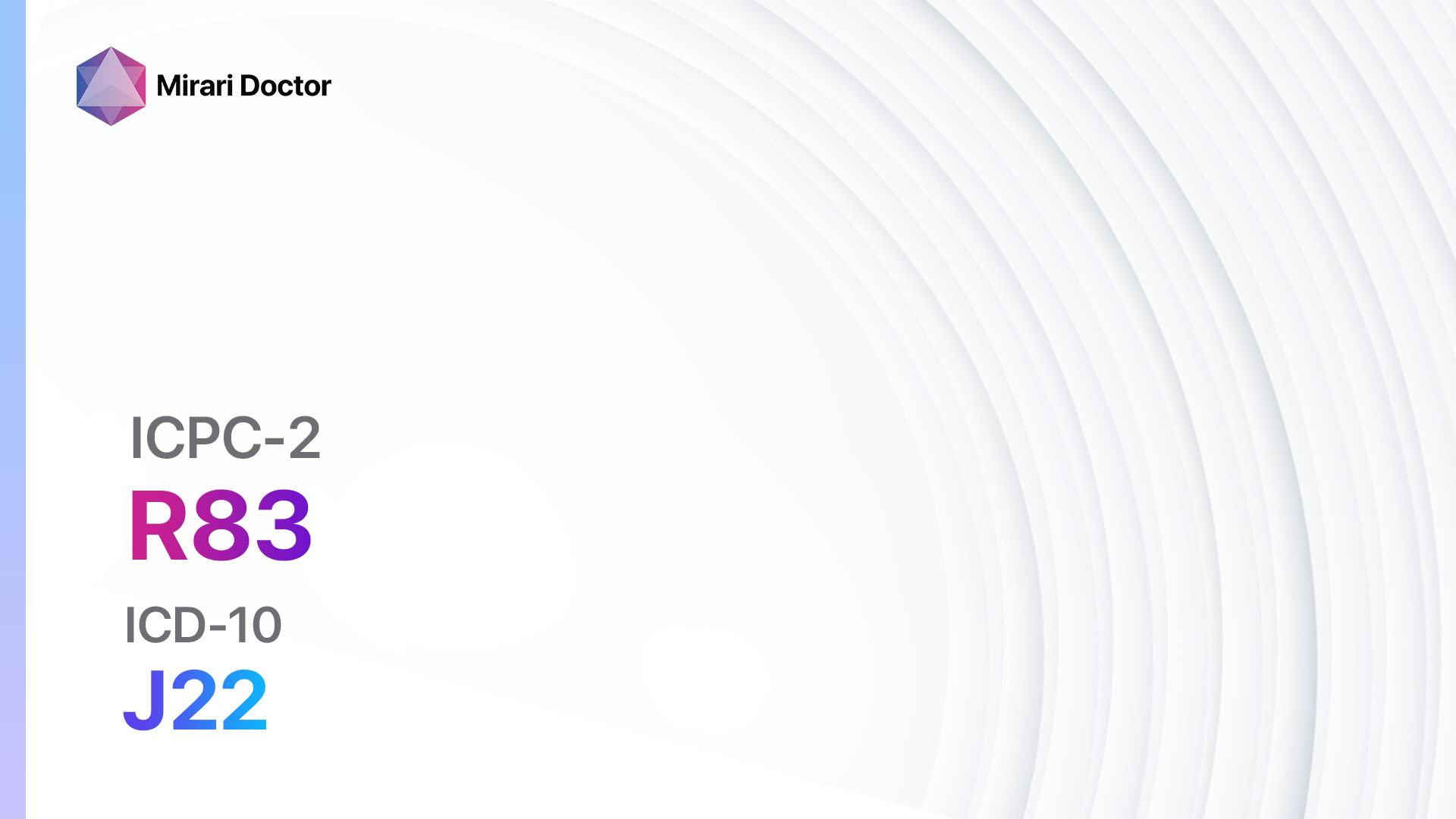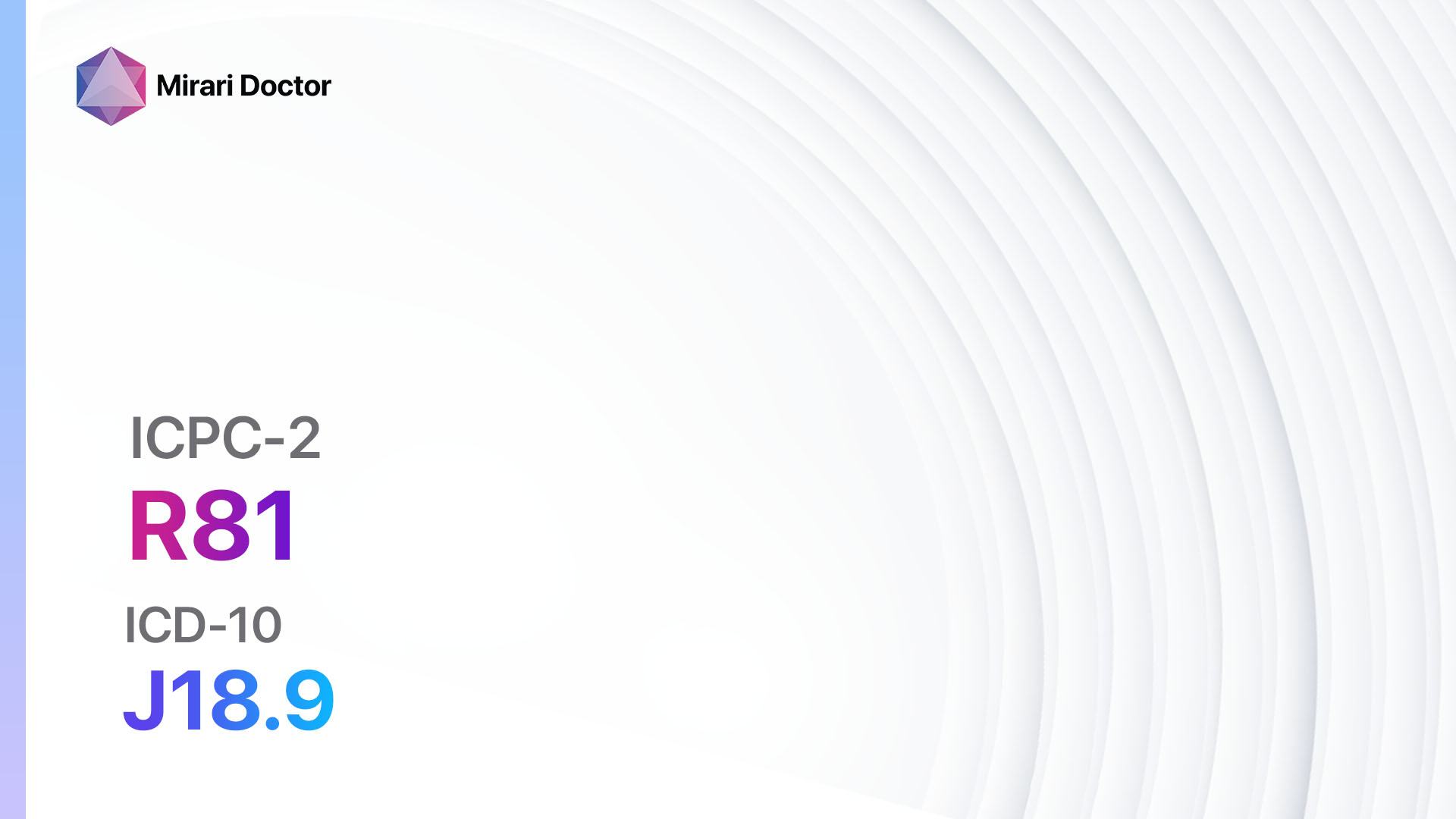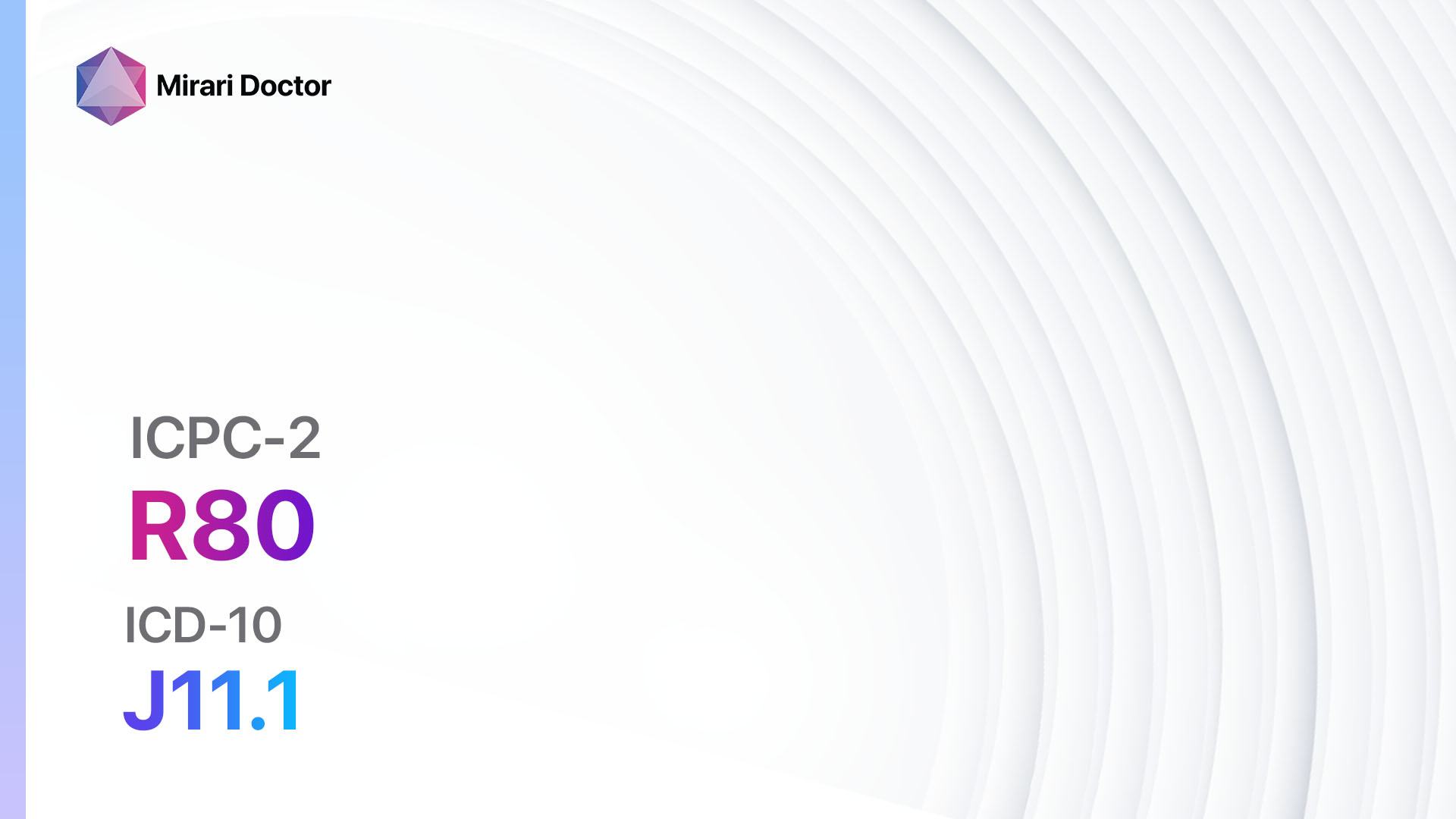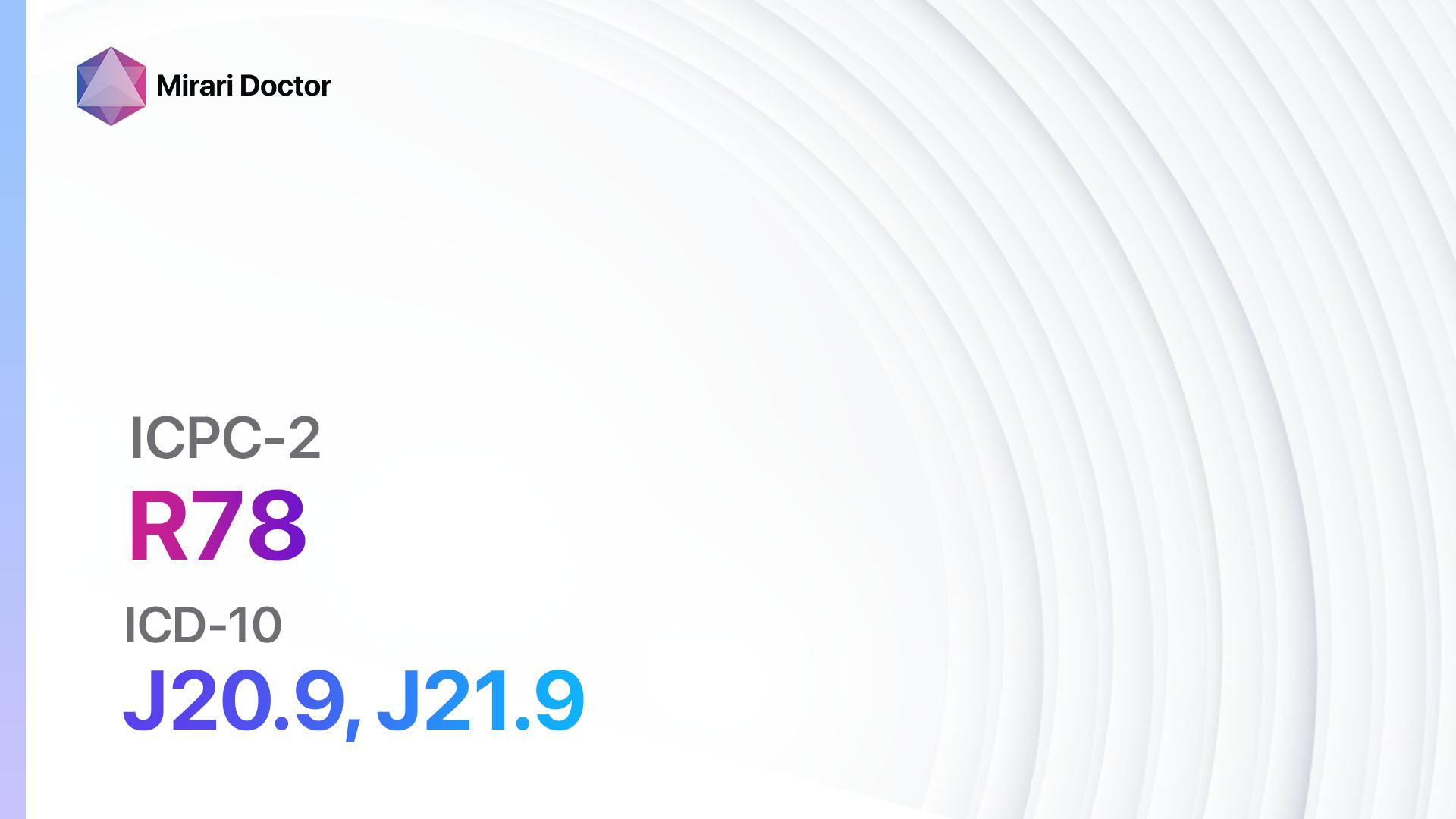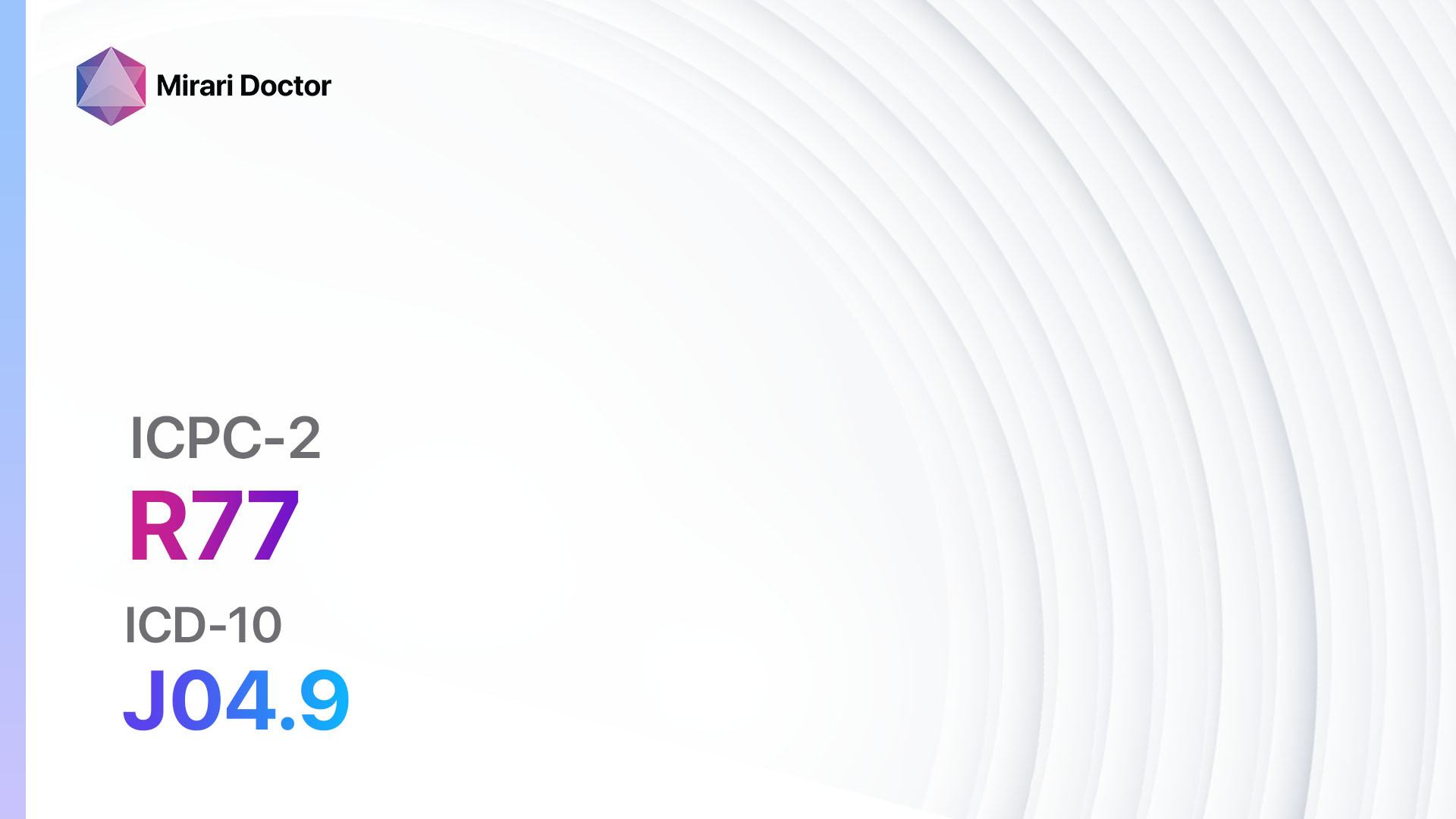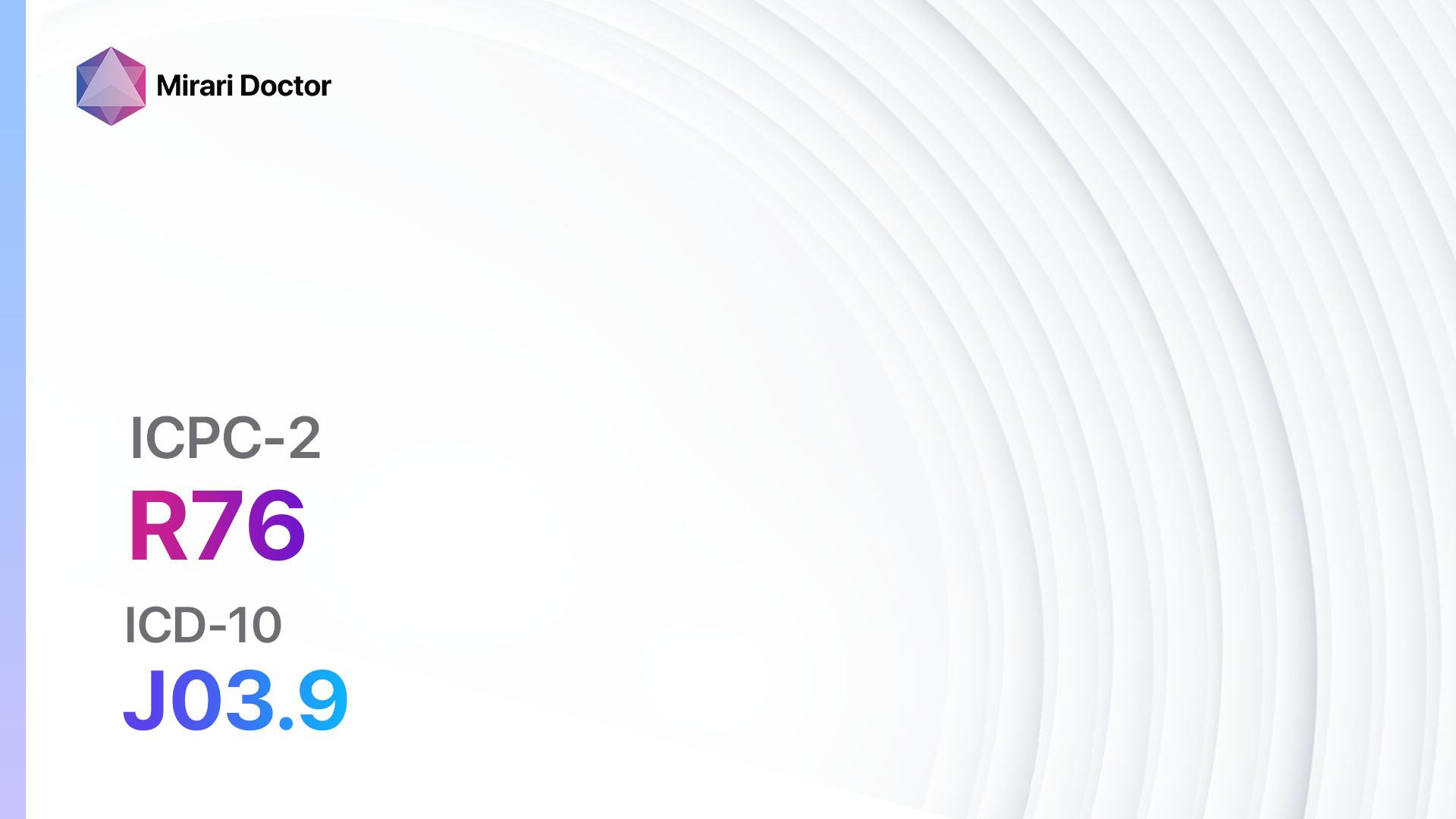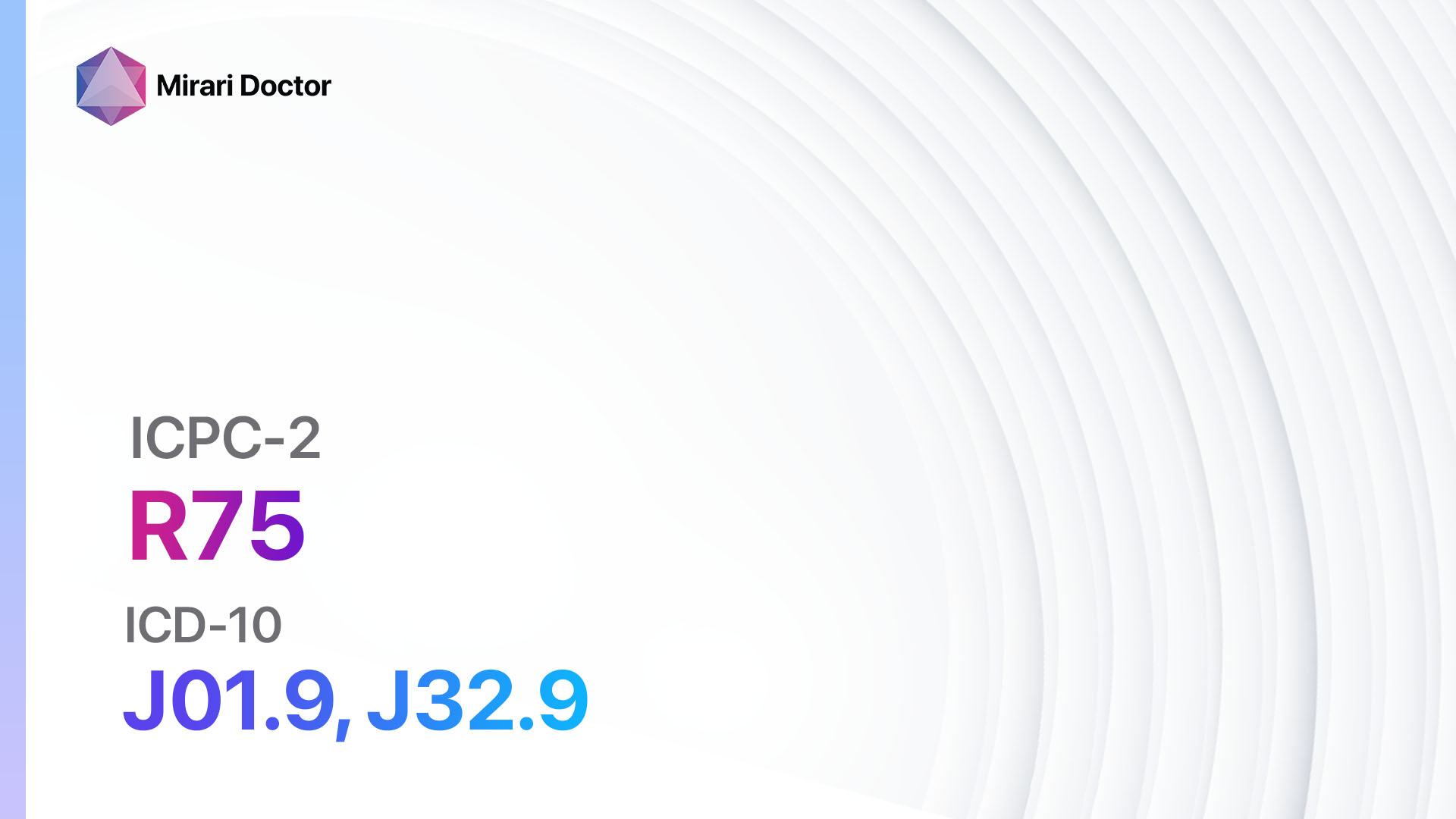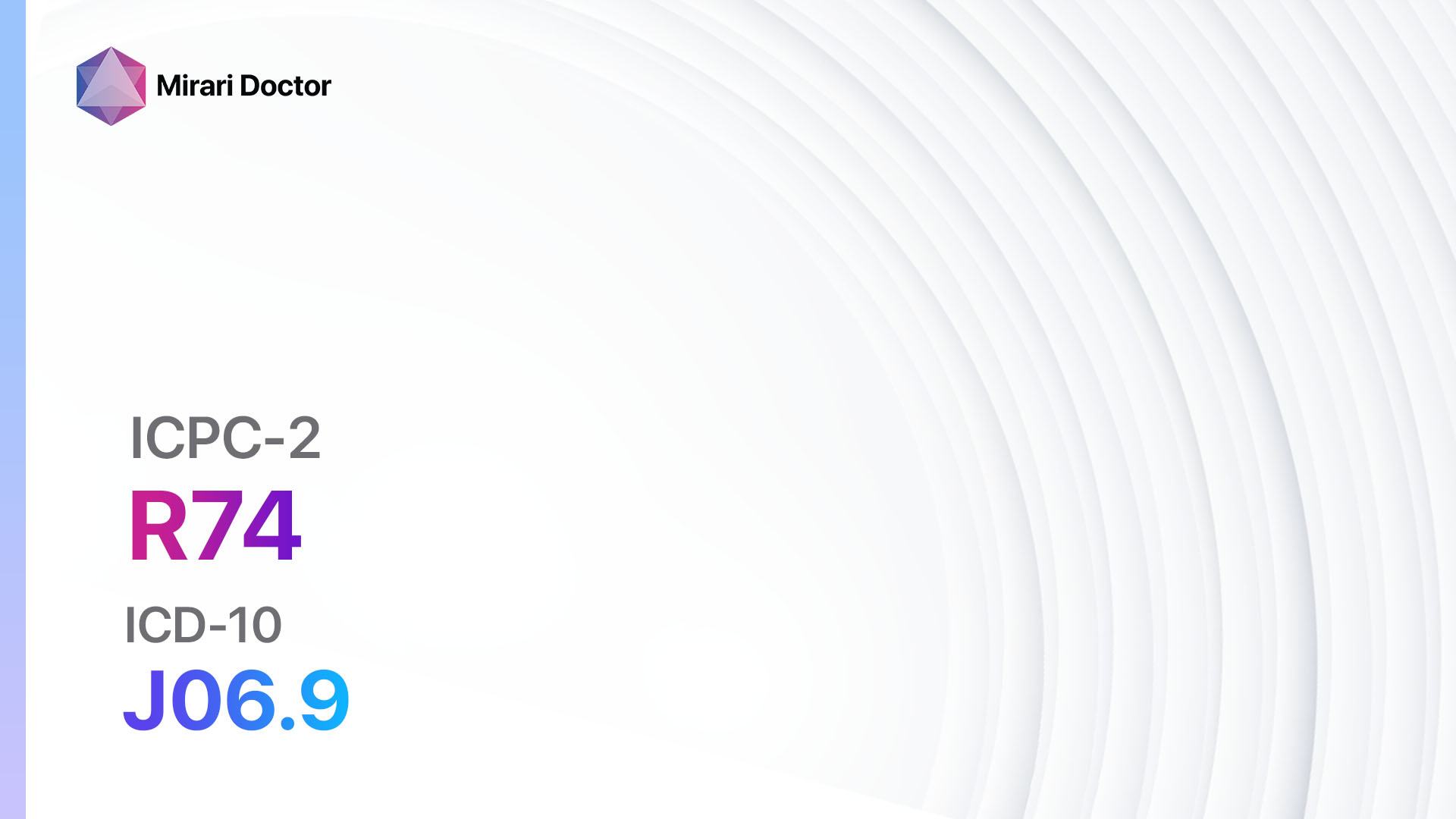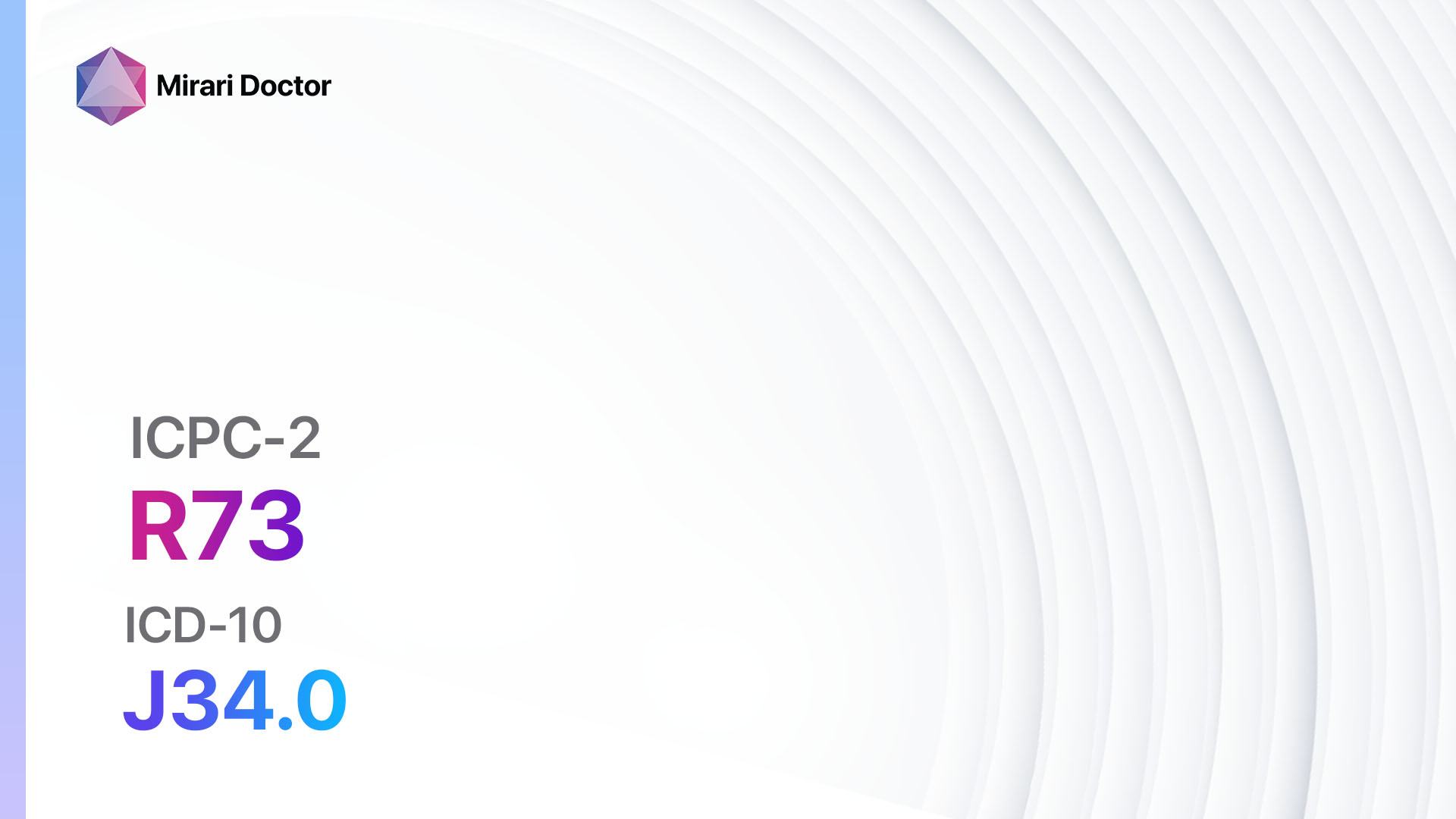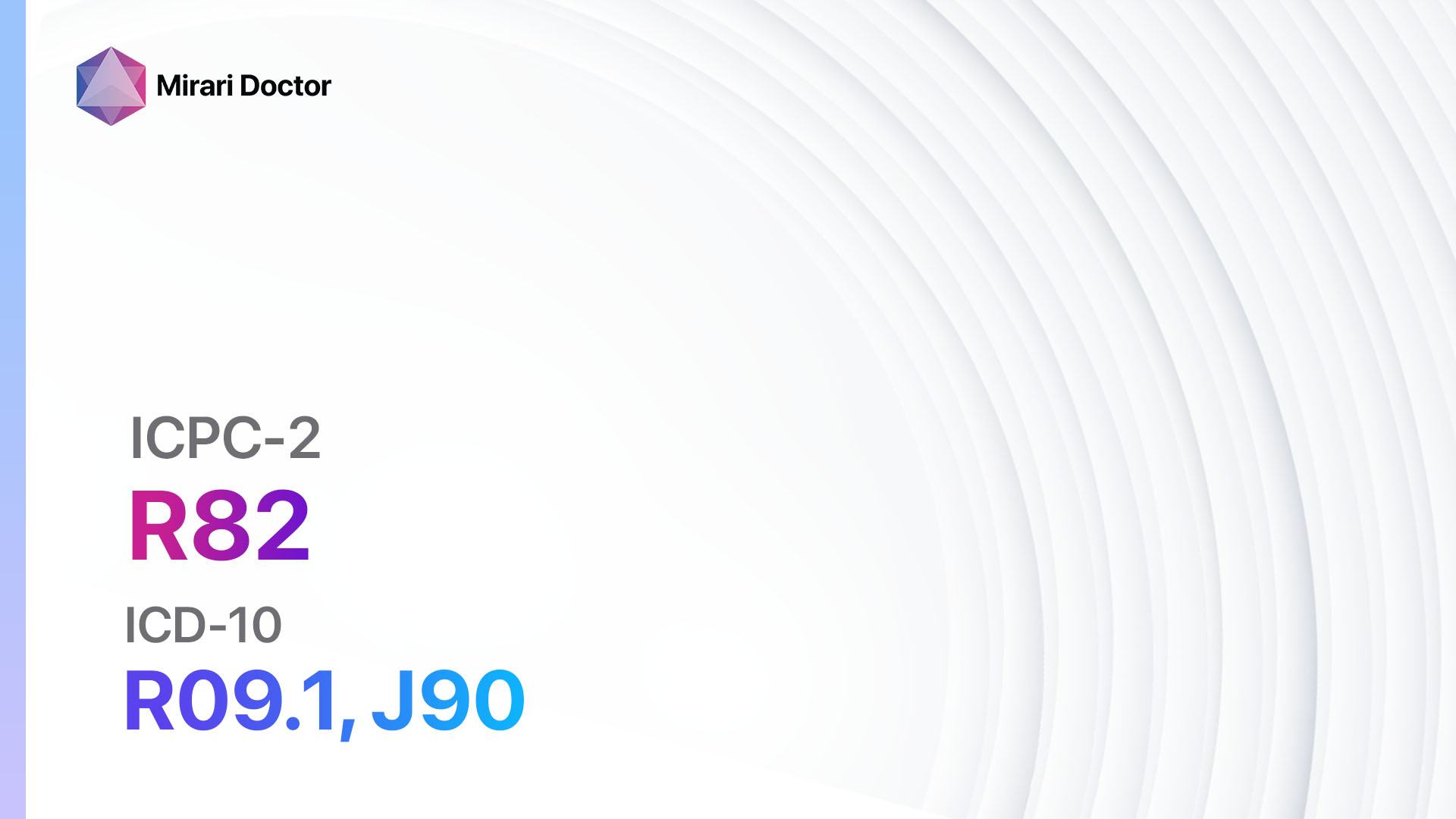
Introduction
Pleurisy, also known as pleuritis, is the inflammation of the pleura, the thin membranes that line the lungs and the inner chest wall. Pleural effusion refers to the accumulation of excess fluid in the pleural space, which can occur as a result of pleurisy or other underlying conditions.[1] This guide aims to provide a comprehensive overview of the diagnosis and management of pleurisy/pleural effusion.
Codes
- ICPC-2 Code: R82 Pleurisy/pleural effusion
- ICD-10 Code: R09.1 Pleurisy, J90 Pleural effusion, not elsewhere classified[2]
Symptoms
- Chest pain: Sharp or stabbing pain that worsens with deep breathing, coughing, or sneezing.
- Shortness of breath: Difficulty breathing or feeling breathless, especially with exertion.
- Dry cough: Persistent cough that may worsen with deep breathing or lying down.
- Fever: Low-grade fever may be present in some cases.
- Other symptoms: Fatigue, rapid breathing, and decreased appetite.[3]
Causes
- Infection: Bacterial, viral, or fungal infections can lead to pleurisy/pleural effusion.
- Autoimmune conditions: Conditions such as rheumatoid arthritis or lupus can cause inflammation of the pleura.
- Trauma: Chest injuries or surgeries can result in pleurisy/pleural effusion.
- Cancer: Lung cancer or metastatic cancer can lead to pleural effusion.
- Other conditions: Pulmonary embolism, heart failure, kidney disease, and liver disease can also cause pleural effusion.[4]
Diagnostic Steps
Medical History
- Gather information about the patient’s symptoms, including the onset, duration, and severity.
- Identify any risk factors, such as recent infections, autoimmune conditions, or history of chest trauma.
- Assess for any underlying medical conditions that may contribute to pleurisy/pleural effusion.[5]
Physical Examination
- Auscultate the lungs to assess for abnormal breath sounds, such as decreased breath sounds or pleural rub.
- Percuss the chest to evaluate for dullness, which may indicate the presence of fluid.
- Palpate the chest to check for tenderness or swelling.[6]
Laboratory Tests
- Complete blood count (CBC): To assess for signs of infection or inflammation.
- Blood cultures: To identify any bacterial infection.
- C-reactive protein (CRP) and erythrocyte sedimentation rate (ESR): Markers of inflammation.
- Pleural fluid analysis: To determine the cause of pleural effusion (e.g., infection, cancer).[7]
Diagnostic Imaging
- Chest X-ray: To visualize the lungs and identify any abnormalities, such as fluid accumulation or lung masses.
- Ultrasound: To assess the presence and characteristics of pleural effusion.
- Computed tomography (CT) scan: Provides detailed images of the chest to evaluate the extent of pleural effusion and identify underlying causes.
- Magnetic resonance imaging (MRI): May be used in specific cases to further evaluate the pleura and surrounding structures.[8]
Other Tests
- Thoracentesis: A procedure to remove a sample of pleural fluid for analysis.
- Biopsy: In cases where cancer is suspected, a biopsy of the pleura may be necessary to confirm the diagnosis.
- Pulmonary function tests: To assess lung function and rule out other respiratory conditions.[9]
Follow-up and Patient Education
- Schedule follow-up appointments to monitor the progress of treatment and assess for any complications.
- Educate the patient about the importance of completing the prescribed treatment regimen.
- Provide information on lifestyle modifications and self-care measures to manage symptoms and prevent recurrence.[10]
Possible Interventions
Traditional Interventions
Medications:
Top 5 drugs for Pleurisy/Pleural Effusion:
- Nonsteroidal anti-inflammatory drugs (NSAIDs) (e.g., Ibuprofen, Naproxen):
- Cost: Generic versions can be $3-$20/month.
- Contraindications: History of gastrointestinal bleeding, renal impairment, or allergy to NSAIDs.
- Side effects: Upset stomach, heartburn, increased risk of bleeding.
- Severe side effects: Kidney damage, stomach ulcers, allergic reactions.
- Drug interactions: Anticoagulants, corticosteroids, other NSAIDs.
- Warning: Long-term use may increase the risk of cardiovascular events.
- Corticosteroids (e.g., Prednisone, Methylprednisolone):
- Cost: Generic versions can be $4-$30/month.
- Contraindications: Active infections, uncontrolled diabetes, systemic fungal infections.
- Side effects: Increased appetite, weight gain, mood changes.
- Severe side effects: Increased risk of infections, osteoporosis, adrenal suppression.
- Drug interactions: Nonsteroidal anti-inflammatory drugs (NSAIDs), anticoagulants, certain antifungal medications.
- Warning: Long-term use may require gradual tapering to avoid adrenal insufficiency.
- Antibiotics (e.g., Amoxicillin, Azithromycin):
- Cost: Generic versions can be $4-$30/month.
- Contraindications: Allergy to antibiotics, history of severe liver disease.
- Side effects: Upset stomach, diarrhea, rash.
- Severe side effects: Severe allergic reactions, Clostridium difficile infection.
- Drug interactions: Warfarin, certain antacids.
- Warning: Antibiotics should be used judiciously to prevent antibiotic resistance.
- Diuretics (e.g., Furosemide, Spironolactone):
- Cost: Generic versions can be $4-$30/month.
- Contraindications: Allergy to diuretics, anuria (absence of urine production).
- Side effects: Increased urination, electrolyte imbalances.
- Severe side effects: Dehydration, low blood pressure, kidney damage.
- Drug interactions: Nonsteroidal anti-inflammatory drugs (NSAIDs), lithium, certain blood pressure medications.
- Warning: Regular monitoring of electrolyte levels and kidney function is necessary.
- Chemotherapy (for pleural effusion caused by cancer):
- Cost: Varies depending on the specific chemotherapy regimen.
- Contraindications: Dependent on the specific chemotherapy drugs used.
- Side effects: Nausea, hair loss, fatigue.
- Severe side effects: Suppression of bone marrow function, increased risk of infections.
- Drug interactions: Dependent on the specific chemotherapy drugs used.
- Warning: Chemotherapy should be administered under the supervision of an oncologist.
Alternative Drugs:
- Colchicine: May be used in cases of recurrent pleurisy associated with familial Mediterranean fever.
- Immunosuppressive agents: Used in autoimmune-related pleurisy/pleural effusion.
- Antifungal medications: If pleural effusion is caused by a fungal infection.
Surgical Procedures:
- Thoracentesis: A procedure to drain excess fluid from the pleural space. Cost: $500-$2,000.
- Pleurodesis: A procedure to create adhesions between the pleural layers to prevent fluid accumulation. Cost: $5,000-$10,000.
- Decortication: Surgical removal of the thickened pleura to improve lung function. Cost: $20,000-$50,000.
Alternative Interventions
- Acupuncture: May help alleviate pain and improve overall well-being. Cost: $60-$120 per session.
- Chiropractic care: May provide relief from musculoskeletal pain associated with pleurisy. Cost: $50-$200 per session.
- Herbal supplements: Some herbs, such as turmeric and ginger, have anti-inflammatory properties. Cost: Varies depending on the specific supplement.
- Breathing exercises: Deep breathing exercises and diaphragmatic breathing techniques may help improve lung function. Cost: Free.
- Yoga: Gentle yoga poses and stretching exercises can promote relaxation and improve breathing. Cost: $10-$20 per class.
Lifestyle Interventions
- Smoking cessation: Quitting smoking can improve lung health and reduce the risk of complications. Cost: Varies depending on the chosen smoking cessation method.
- Healthy diet: A balanced diet rich in fruits, vegetables, and whole grains can support overall health. Cost: Varies depending on individual food choices.
- Regular exercise: Engaging in regular physical activity can improve lung function and overall fitness. Cost: Varies depending on the chosen exercise regimen.
- Stress management: Stress reduction techniques, such as meditation or mindfulness, can help manage symptoms. Cost: Free or minimal cost.
- Avoidance of triggers: Identify and avoid any triggers that worsen symptoms, such as allergens or irritants. Cost: Varies depending on individual circumstances.
It is important to note that the cost ranges provided are approximate and may vary depending on the location and availability of the interventions.
Mirari Cold Plasma Alternative Intervention
Understanding Mirari Cold Plasma
- Safe and Non-Invasive Treatment: Mirari Cold Plasma is a safe and non-invasive treatment option for various skin conditions. It does not require incisions, minimizing the risk of scarring, bleeding, or tissue damage.
- Efficient Extraction of Foreign Bodies: Mirari Cold Plasma facilitates the removal of foreign bodies from the skin by degrading and dissociating organic matter, allowing easier access and extraction.
- Pain Reduction and Comfort: Mirari Cold Plasma has a local analgesic effect, providing pain relief during the treatment, making it more comfortable for the patient.
- Reduced Risk of Infection: Mirari Cold Plasma has antimicrobial properties, effectively killing bacteria and reducing the risk of infection.
- Accelerated Healing and Minimal Scarring: Mirari Cold Plasma stimulates wound healing and tissue regeneration, reducing healing time and minimizing the formation of scars.
Mirari Cold Plasma Prescription
Video instructions for using Mirari Cold Plasma Device – R82 Pleurisy/pleural effusion (ICD-10:R09.1, J90)
| Mild | Moderate | Severe |
| Mode setting: 1 (Infection) Location: 5 (Lungs) Morning: 15 minutes, Evening: 15 minutes |
Mode setting: 1 (Infection) Location: 5 (Lungs) Morning: 30 minutes, Lunch: 30 minutes, Evening: 30 minutes |
Mode setting: 1 (Infection) Location: 5 (Lungs) Morning: 30 minutes, Lunch: 30 minutes, Evening: 30 minutes |
| Mode setting: 2 (Wound Healing) Location: 5 (Lungs) Morning: 15 minutes, Evening: 15 minutes |
Mode setting: 2 (Wound Healing) Location: 5 (Lungs) Morning: 30 minutes, Lunch: 30 minutes, Evening: 30 minutes |
Mode setting: 2 (Wound Healing) Location: 5 (Lungs) Morning: 30 minutes, Lunch: 30 minutes, Evening: 30 minutes |
| Mode setting: 3 (Antiviral Therapy) Location: 5 (Lungs) Morning: 15 minutes, Evening: 15 minutes |
Mode setting: 3 (Antiviral Therapy) Location: 5 (Lungs) Morning: 30 minutes, Lunch: 30 minutes, Evening: 30 minutes |
Mode setting: 3 (Antiviral Therapy) Location: 5 (Lungs) Morning: 30 minutes, Lunch: 30 minutes, Evening: 30 minutes |
| Mode setting: 7 (Immunotherapy) Location: 4 (Heart, Bile & Pancreas) Morning: 15 minutes, Evening: 15 minutes |
Mode setting: 7 (Immunotherapy) Location: 4 (Heart, Bile & Pancreas) Morning: 30 minutes, Lunch: 30 minutes, Evening: 30 minutes |
Mode setting: 7 (Immunotherapy) Location: 4 (Heart, Bile & Pancreas) Morning: 30 minutes, Lunch: 30 minutes, Evening: 30 minutes |
| Total Morning: 60 minutes approx. $10 USD, Evening: 60 minutes approx. $10 USD |
Total Morning: 120 minutes approx. $20 USD, Lunch: 120 minutes approx. $20 USD, Evening: 120 minutes approx. $20 USD, |
Total Morning: 120 minutes approx. $20 USD, Lunch: 120 minutes approx. $20 USD, Evening: 120 minutes approx. $20 USD, |
| Usual treatment for 7-60 days approx. $140 USD – $1200 USD | Usual treatment for 6-8 weeks approx. $2,520 USD – $3,360 USD |
Usual treatment for 3-6 months approx. $5,400 USD – $10,800 USD
|
 |
|
Use the Mirari Cold Plasma device to treat Pleurisy/pleural effusion effectively.
WARNING: MIRARI COLD PLASMA IS DESIGNED FOR THE HUMAN BODY WITHOUT ANY ARTIFICIAL OR THIRD PARTY PRODUCTS. USE OF OTHER PRODUCTS IN COMBINATION WITH MIRARI COLD PLASMA MAY CAUSE UNPREDICTABLE EFFECTS, HARM OR INJURY. PLEASE CONSULT A MEDICAL PROFESSIONAL BEFORE COMBINING ANY OTHER PRODUCTS WITH USE OF MIRARI.
Step 1: Cleanse the Skin
- Start by cleaning the affected area of the skin with a gentle cleanser or mild soap and water. Gently pat the area dry with a clean towel.
Step 2: Prepare the Mirari Cold Plasma device
- Ensure that the Mirari Cold Plasma device is fully charged or has fresh batteries as per the manufacturer’s instructions. Make sure the device is clean and in good working condition.
- Switch on the Mirari device using the power button or by following the specific instructions provided with the device.
- Some Mirari devices may have adjustable settings for intensity or treatment duration. Follow the manufacturer’s instructions to select the appropriate settings based on your needs and the recommended guidelines.
Step 3: Apply the Device
- Place the Mirari device in direct contact with the affected area of the skin. Gently glide or hold the device over the skin surface, ensuring even coverage of the area experiencing.
- Slowly move the Mirari device in a circular motion or follow a specific pattern as indicated in the user manual. This helps ensure thorough treatment coverage.
Step 4: Monitor and Assess:
- Keep track of your progress and evaluate the effectiveness of the Mirari device in managing your Pleurisy/pleural effusion. If you have any concerns or notice any adverse reactions, consult with your health care professional.
Note
This guide is for informational purposes only and should not replace the advice of a medical professional. Always consult with your healthcare provider or a qualified medical professional for personal advice, diagnosis, or treatment. Do not solely rely on the information presented here for decisions about your health. Use of this information is at your own risk. The authors of this guide, nor any associated entities or platforms, are not responsible for any potential adverse effects or outcomes based on the content.
Mirari Cold Plasma System Disclaimer
- Purpose: The Mirari Cold Plasma System is a Class 2 medical device designed for use by trained healthcare professionals. It is registered for use in Thailand and Vietnam. It is not intended for use outside of these locations.
- Informational Use: The content and information provided with the device are for educational and informational purposes only. They are not a substitute for professional medical advice or care.
- Variable Outcomes: While the device is approved for specific uses, individual outcomes can differ. We do not assert or guarantee specific medical outcomes.
- Consultation: Prior to utilizing the device or making decisions based on its content, it is essential to consult with a Certified Mirari Tele-Therapist and your medical healthcare provider regarding specific protocols.
- Liability: By using this device, users are acknowledging and accepting all potential risks. Neither the manufacturer nor the distributor will be held accountable for any adverse reactions, injuries, or damages stemming from its use.
- Geographical Availability: This device has received approval for designated purposes by the Thai and Vietnam FDA. As of now, outside of Thailand and Vietnam, the Mirari Cold Plasma System is not available for purchase or use.
References
- Light RW. Pleural Diseases. 6th ed. Philadelphia, PA: Lippincott Williams & Wilkins; 2013.
- World Health Organization. International Statistical Classification of Diseases and Related Health Problems, 10th Revision (ICD-10). Geneva: WHO; 2019.
- Kass SM, Williams PM, Reamy BV. Pleurisy. Am Fam Physician. 2007;75(9):1357-1364.
- Porcel JM, Light RW. Diagnostic approach to pleural effusion in adults. Am Fam Physician. 2006;73(7):1211-1220.
- Maskell NA, Butland RJ. BTS guidelines for the investigation of a unilateral pleural effusion in adults. Thorax. 2003;58(Suppl 2):ii8-ii17.
- McGrath EE, Anderson PB. Diagnosis of pleural effusion: a systematic approach. Am J Crit Care. 2011;20(2):119-128.
- Hooper C, Lee YC, Maskell N. Investigation of a unilateral pleural effusion in adults: British Thoracic Society pleural disease guideline 2010. Thorax. 2010;65(Suppl 2):ii4-ii17.
- Sahn SA. The value of pleural fluid analysis. Am J Med Sci. 2008;335(1):7-15.
- Feller-Kopman D, Light R. Pleural Disease. N Engl J Med. 2018;378(8):740-751.
- Davies HE, Davies RJ, Davies CW. Management of pleural infection in adults: British Thoracic Society pleural disease guideline 2010. Thorax. 2010;65(Suppl 2):ii41-ii53.
Related articles
Made in USA


